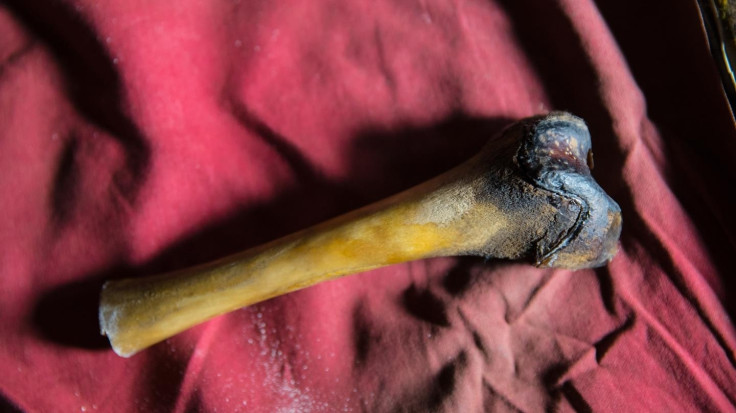Origins of the Yeti revealed by DNA
Science can be a useful tool when exploring the legends of mythical creatures.

In the ancient folk tales and legends of the Himalayas, the Yeti, or Abominable Snowman, is a large, mysterious ape-like creature that is said to inhabit an area stretching across Nepal, Bhutan and Tibet
Over the centuries, apparent sightings of the mythical creature have often been reported and many claim to have found evidence of its existence.
But now, new DNA analysis of nine animal samples purported to be from the Yeti has shone a light on the origin of the legend. The researchers found that eight of the samples – which included bone, tooth, skin, hair and faecal samples – were from Asian black bears, Himalayan brown bears or Tibetan brown bears, while one was from a dog.
"Our findings strongly suggest that the biological underpinnings of the Yeti legend can be found in local bears, and our study demonstrates that genetics should be able to unravel other, similar mysteries," said Charlotte Lindqvist, lead researcher from the University at Buffalo College of Arts and Sciences, and the Nanyang Technological University, Singapore.
The new findings are published in the journal Proceedings of the Royal Society B.
Lindqvist says that science can be a useful tool when exploring the legends of mythical creatures.
She cites the example of the Western legend of an 'African Unicorn' in the early 20<sup>th century which was found by British researchers to be based on the flesh-and-blood okapi – a giraffe relative which appears to look like a mix between a zebra and a horse.
And some experts have speculated that in Australia, references to enormous creatures in Aboriginal mythology may have been influenced by ancient encounters with huge megafauna or their remains, known today from the fossil record. Humans may have coexisted with these large animals thousands of years ago.





















